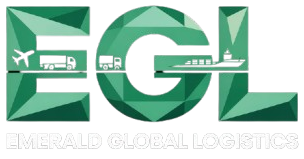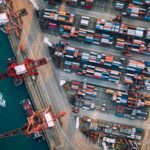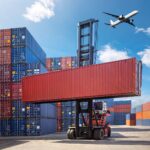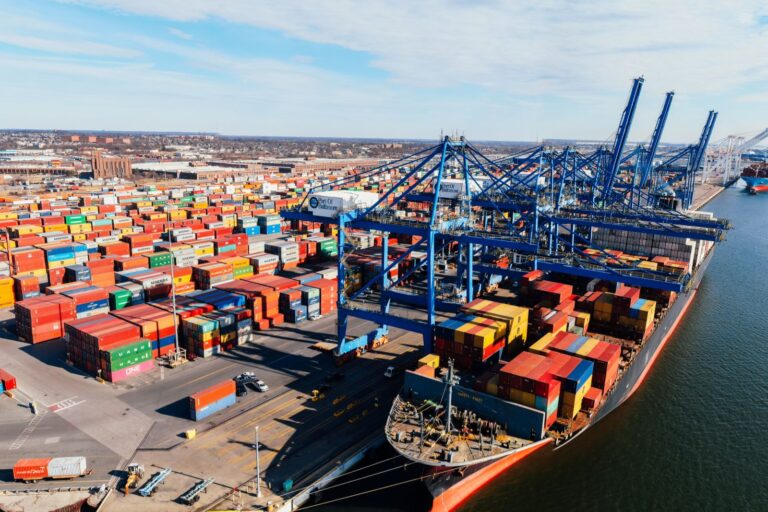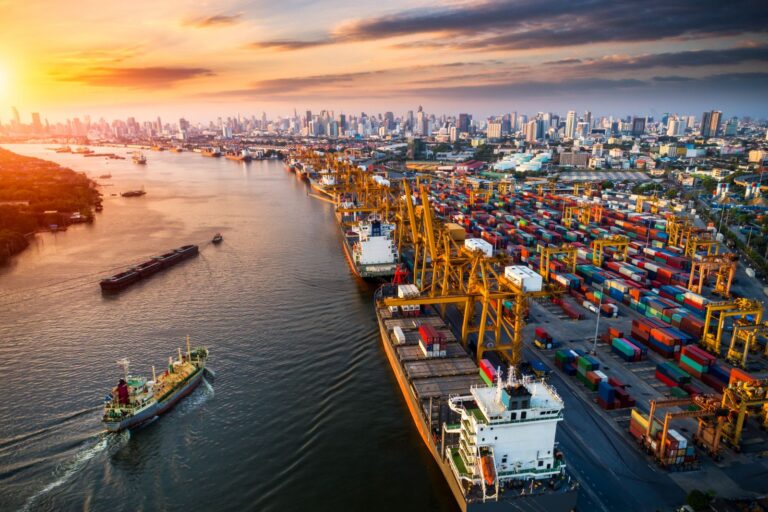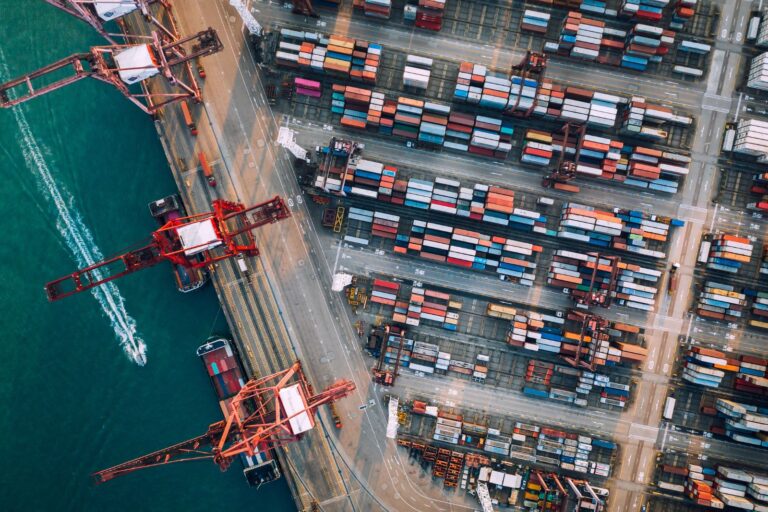Navigating international trade can be overwhelming, especially when it comes to understanding shipping responsibilities and costs. One of the most common sources of confusion is Incoterms – standardized international trade terms that define the responsibilities of buyers and sellers.
For businesses in Australia, mastering Incoterms explained simply is essential to avoid disputes, ensure smooth logistics, and reduce unexpected costs. Whether you are importing machinery or exporting goods, knowing who handles transport, insurance, and customs can save time and money.
At EGL – Emerald Global Logistics, we simplify international shipping processes for businesses across Australia, helping clients understand and apply Incoterms effectively.
What Are Incoterms?
Incoterms, short for International Commercial Terms, are globally recognised rules published by the International Chamber of Commerce (ICC). They:
- Define who is responsible for costs, risks, and responsibilities during shipping.
- Clarify the point at which ownership and liability transfer from seller to buyer.
- Standardize international trade, reducing misunderstandings between global partners.
Incoterms apply to freight forwarding, shipping, and logistics operations, making them vital for exporters and importers.
Why Understanding Incoterms Is Important
- Avoids disputes: Clear terms reduce confusion over responsibilities.
- Cost management: Helps determine who pays for freight, insurance, and customs.
- Smooth logistics: Ensures proper handling of goods at every stage.
- Legal protection: Offers internationally recognised rules for contracts.
At EGL, we ensure clients fully understand Incoterms, tailoring solutions to your trade needs.
Common Types of Incoterms
Incoterms are grouped based on transport mode:
For Any Mode of Transport
- EXW (Ex Works): Buyer handles almost everything; seller’s responsibility is minimal.
- FCA (Free Carrier): Seller delivers goods to a named carrier; buyer takes over from there.
- CPT (Carriage Paid To): Seller pays for transport to the destination, but risk transfers at the origin.
- CIP (Carriage and Insurance Paid To): Similar to CPT but includes insurance.
- DAP (Delivered at Place): Seller delivers goods to a named destination; buyer handles import duties.
- DPU (Delivered at Place Unloaded): Seller delivers and unloads goods at the destination.
- DDP (Delivered Duty Paid): Seller handles everything, including import duties.
For Sea and Inland Waterway Transport
- FAS (Free Alongside Ship): Seller delivers goods alongside the ship; buyer handles loading.
- FOB (Free On Board): Seller loads goods onto the vessel; buyer takes over from that point.
- CFR (Cost and Freight): Seller pays for transport, but risk transfers at the ship’s rail.
- CIF (Cost, Insurance, and Freight): Seller pays for transport and insurance; risk transfers at the ship.
How Incoterms Work in Practice
Step-by-Step Guide
- Determine the Incoterm: Choose a term suitable for your shipment.
- Specify in Contract: Clearly mention the Incoterm in sales contracts.
- Allocate Responsibilities: Define who handles freight, insurance, and customs.
- Coordinate Logistics: Work with freight forwarders like EGL for smooth shipping.
- Track Shipment: Monitor the goods and ensure compliance with the chosen term.
Costs and Pricing Insights
- EXW is often cheaper for sellers but shifts costs to buyers.
- DDP is more expensive for sellers, as they handle all charges.
- Choosing the right Incoterm impacts total landed cost, insurance, and shipping responsibilities.
Tip: Businesses often negotiate Incoterms based on trade experience and logistics capabilities.
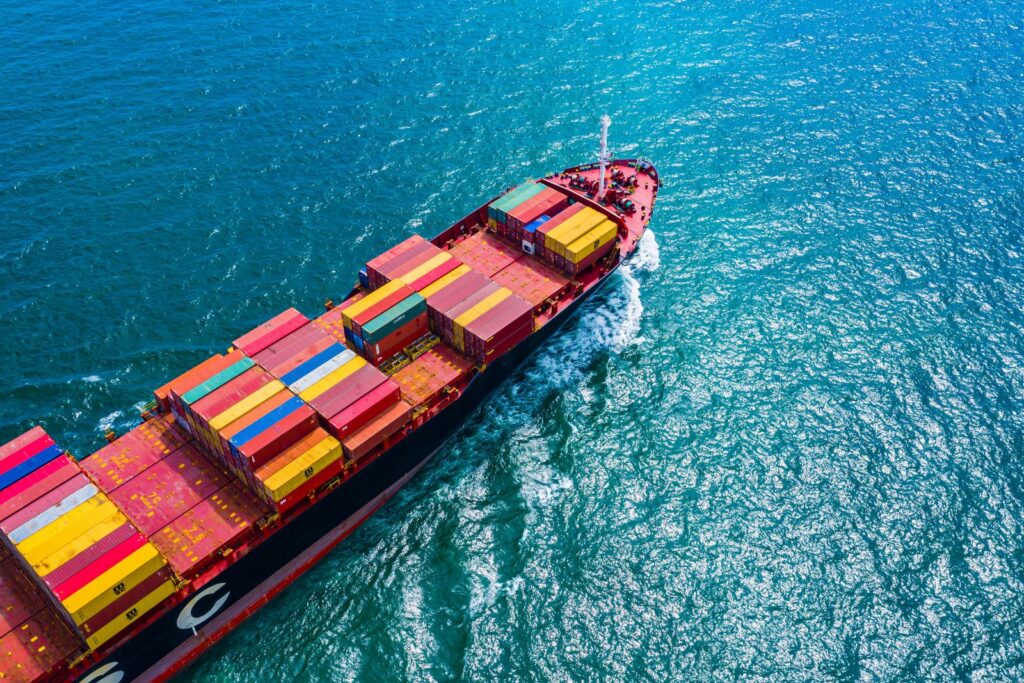
Tips & Best Practices
- Know Your Obligations: Avoid legal issues by understanding responsibilities.
- Choose Appropriate Terms: Match Incoterms to your shipping mode and risk tolerance.
- Document Clearly: Include Incoterms in invoices and contracts.
- Work With Experts: Freight forwarders like EGL provide guidance and compliance support.
- Stay Updated: Incoterms are updated periodically; 2020 is the latest version.
Common Mistakes to Avoid
- Using outdated Incoterm rules.
- Ambiguous contract language.
- Misunderstanding risk transfer points.
- Not factoring in insurance requirements.
- Ignoring customs and import/export regulations.
Use Cases & Examples
- Exporting Wine to the UK: Using FOB, the seller loads the goods, and the buyer takes over shipping costs.
- Importing Machinery from China: Using DDP, the seller handles shipping, insurance, and duties, simplifying the process for the buyer.
- E-commerce Shipments: DAP is often chosen for delivering parcels directly to customers without handling duties.
At EGL, we provide tailored solutions to ensure Australian businesses comply with Incoterms, manage costs, and avoid risks.
FAQs: Incoterms Explained Simply
1. What are Incoterms?
- Standardized international trade terms defining shipping responsibilities.
2. How many Incoterms are there?
- There are 11 Incoterms in the 2020 edition.
3. Do Incoterms include insurance?
- Only terms like CIF and CIP include mandatory insurance.
4. Who chooses the Incoterm?
- The buyer and seller agree on it before signing the contract.
5. Can Incoterms be changed mid-shipment?
- No, they are fixed in the contract; renegotiation is required.
Conclusion
Understanding Incoterms explained simply is essential for smooth international trade. Choosing the right term ensures clarity, reduces costs, and protects both buyers and sellers.
At EGL – Emerald Global Logistics, we help Australian businesses navigate international shipping, customs, and documentation with confidence.
If you’re ready to simplify your global trade operations, contact EGL today for expert guidance.
